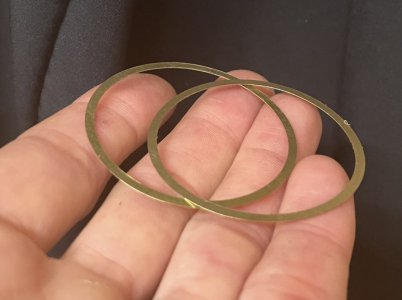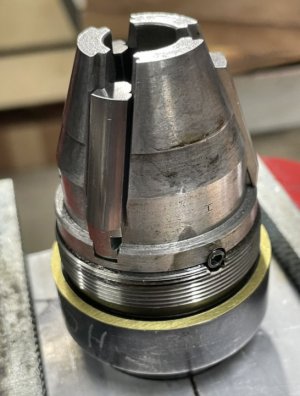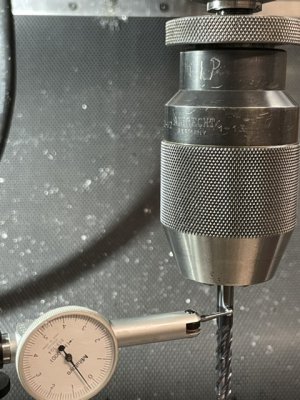- Joined
- Dec 20, 2012
- Messages
- 9,422
I agree with you that it seems to be necessary, as 0.0015-.002” is not very good.
I am reminded of a white paper by Techniks that stated the fact that tool wear increases 10% for every 0.0001" of run out in a spindle. A spindle with 0.002" TIR is going to wear tools at an alarming rate, not to mention the potential for inaccuracy and poor finishes.
It would seem that getting those bearings sorted might be important.





 Keep us posted as to runout staying put .
Keep us posted as to runout staying put .